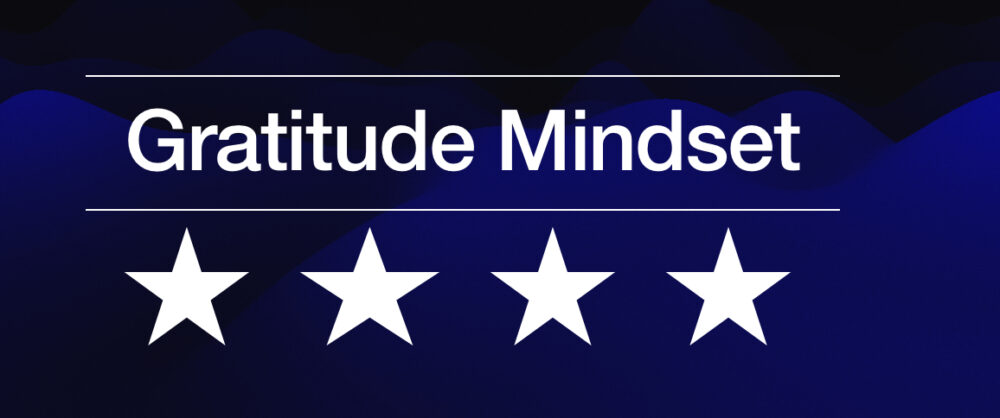“Someone’s sitting in the shade today because someone planted a tree a long time ago.” – Warren Buffett
Imagine planting a tiny seed today that, with time and care, grows into a towering tree providing shade, fruit, and shelter for decades to come.
Building lasting wealth works much the same way. Starting early as a teenager or in your early twenties and making saving and investing a consistent habit allows your money to grow steadily, harnessing the power of compound interest and smart financial choices.
The sooner you begin, the greater your financial forest can become, turning small, disciplined actions into a lifetime of security and opportunity.
This is a fact that is not taught in traditional K12 education in the United States
One important aspect of saving and investing is to understand that what you earn is less important than what money you save and invest. Robert Kitosaki said:
“It’s not how much money you make, but how much money you keep (savings), how hard it works for you (investing), and how many generations you keep it for (legacy).”
Kiyosaki stresses that the value of saving and investing in building wealth, not just earning a paycheck.
Saving and investing are essential for building wealth and achieving financial security. Saving provides a safety net for emergencies and short-term goals, while investing allows your money to grow over time, often outpacing inflation and taking advantage of compound interest.
Key benefits include:
• Financial Security: Savings help you handle unexpected expenses and reduce financial stress.
• Wealth Growth: Investing regularly, even small amounts, can significantly increase your wealth over time thanks to compounding and potential higher returns compared to simple savings accounts or hiding your money under your mattress.
Consistent saving and investing can provide passive income and eventually allow you to live life on your own terms.
Starting early and making saving and investing a habit are the most effective ways to build lasting wealth.
